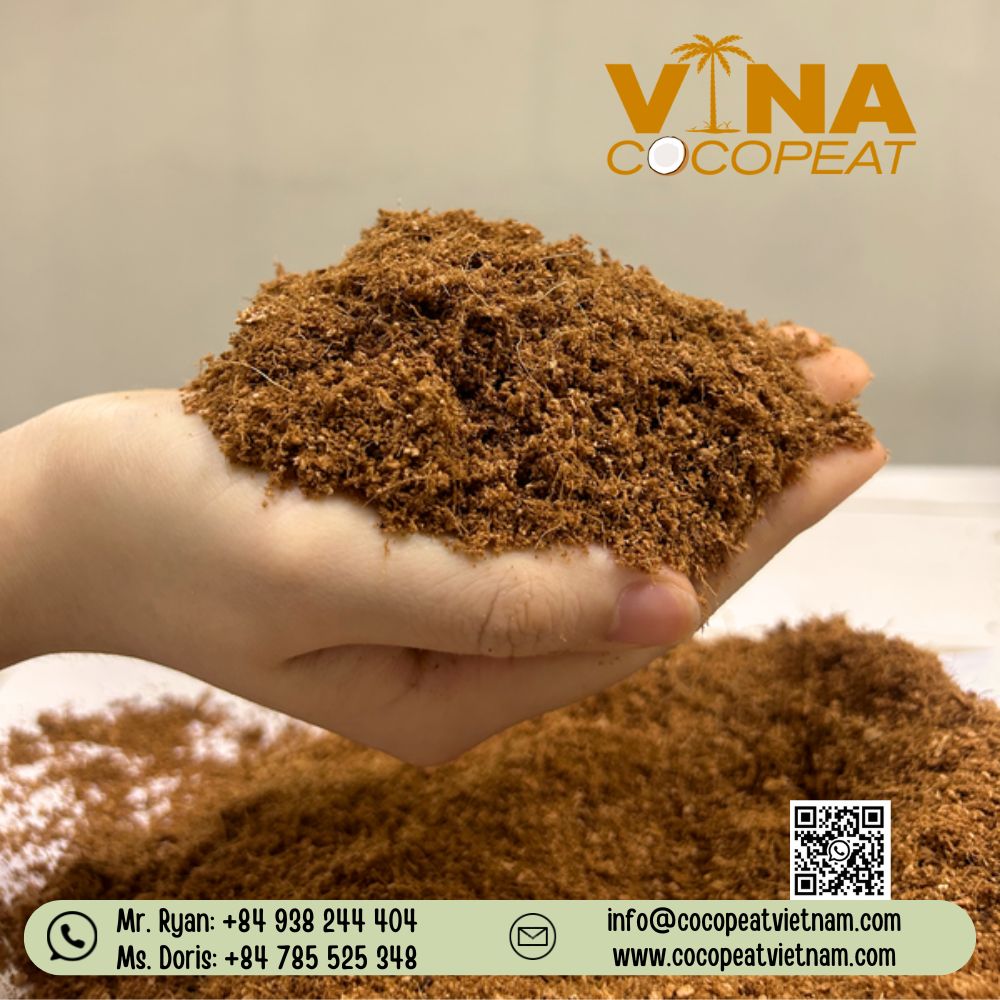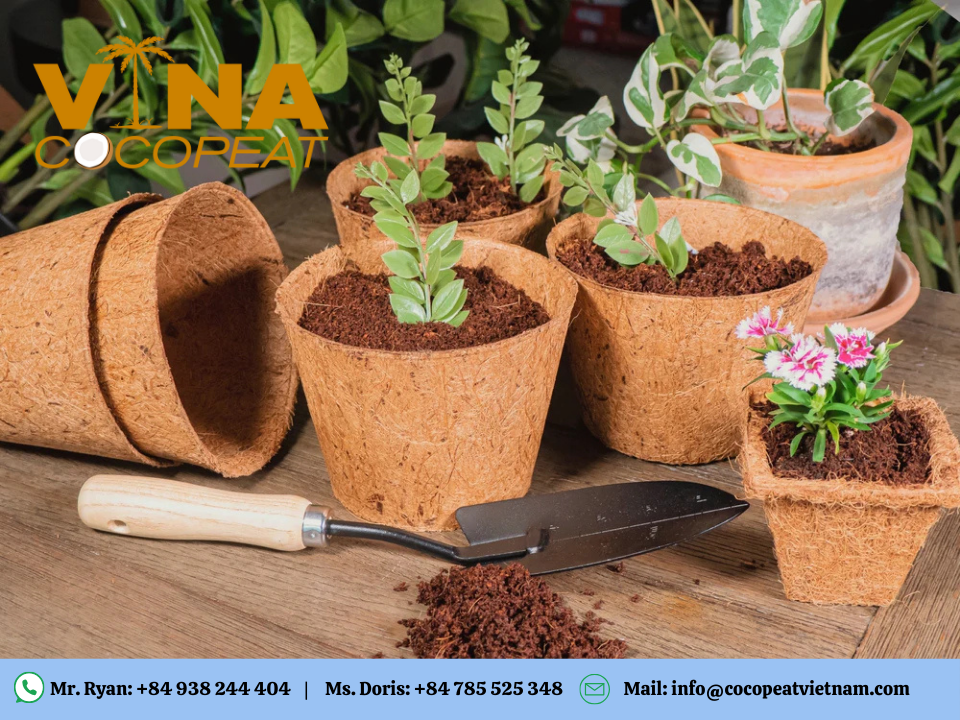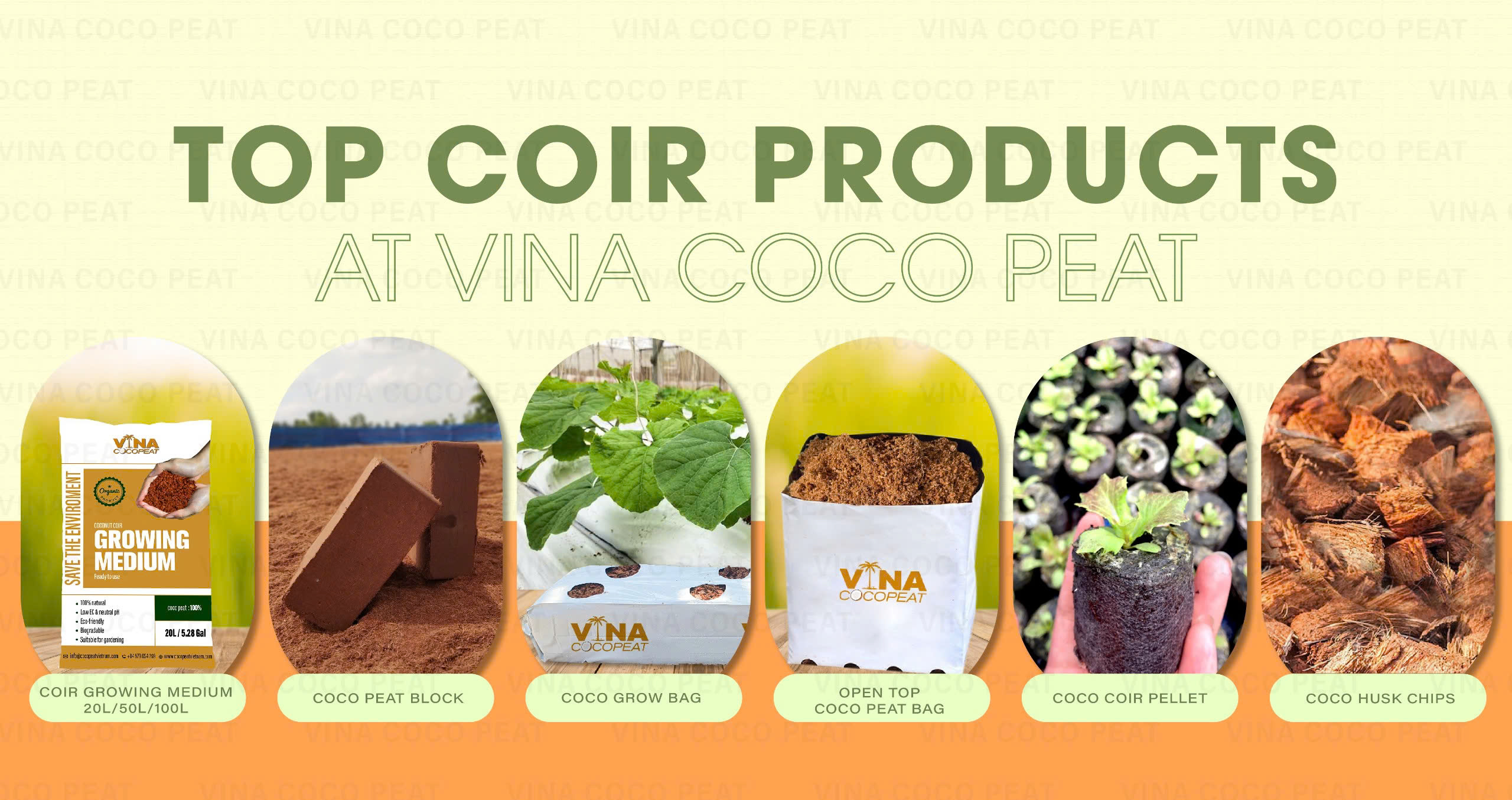Coir pith is a versatile growth material that may be utilized in potting mixes, soilless mediums, hydroponics, and other applications. As an alternative to perlite media and rockwool, it offers considerable environmental benefits.
Coir pith, commonly known as coco pith, has excellent water retention characteristics while allowing air to pass through. Because of its unique chemical ingredients, coco pith can promote robust root development, allowing plants to live longer. Coco pith is becoming increasingly popular among home gardeners, as well as in the horticultural and agricultural industries, for a variety of reasons.

What is the definition of pith?
Pith is a soft and spongy plant component. It is typically found in plant roots and stems and is commonly a white material that becomes brown as it ages. Pith’s primary function is to transfer nutrients through its massive yet thin-walled parenchymal cells. These cells are readily filled with water and nutrients.
In certain plants, the pith is located in the center of the stem. This may dry out as the plant grows, leaving a hollow core. With trees, pith eventually transforms into xylem. Pith permits vascular plants to move water up and down the stem to their roots and leaves. The pith of citrus fruit is visible as a white, spongy layer. Pith in coconuts is the tiny organic material produced by removing the fibers of the coconut husk.
Coir Pith
Coir pith is also known as coco pith or cocopeat because it may be used to replace peat moss in the garden. Ripe, mature coconuts generate brown coir pith, whilst young, immature coconuts produce white coir pith. Coir pith is made by washing, treating, drying, and grading the waste from coir fiber production. It can be transported as powder or compacted into bricks for gardening application.

Gardening Benefits of Coir Pith
Coir pith is inherently waterproof, one of the few natural fibers that is resistant to saltwater damage, has a neutral pH balance, and is both widely available and environmentally benign. These characteristics make it an excellent material for agriculture and horticulture. Coir pith is capable of retaining enormous amounts of water. It is used as a substitute for regular peat moss to enhance garden soil. It is also utilized as a soilless substrate for certain plant growth.

Coco pith has little nutrients on its alone. As a result, it is frequently used as an additive to garden soil. It is a welcome gardening addition because it is bacterium and fungus free and is often thought to be insect and mold repellant. A high-quality potting soil is created by combining coco pith, sand, compost, and fertilizer. Because of its high cellulose content, it is suitable for growing mushrooms.
Coco pith’s most appealing feature is that it can be reused up to three times, making it more sustainable than peat moss and other options. Coir pith, which is both ecologically acceptable and abundantly available, is an ideal choice for a multi-purpose growth medium.

VINA COCO PEAT – THE MULTIPLE COIR PITH PRODUCTS
VINA COCO PEAT could be a strong supplier choice for high-quality coco peat slabs, especially tailored for strawberry cultivation. VINA COCO PEAT would likely offer a range of coco peat products, including options like coco peat and husk chip mix slabs, to meet the specific needs of growers.

If you are looking for detailed information about our product specifications, pricing, or how they support strawberry cultivation, please contact us to know more details.
Ms. Doris: +84 785 525 348 (ZALO, WHATSAPP, WECHAT, LINE)
Mr. Ryan: +84 961 071 137 (ZALO, WHATSAPP, WECHAT)
한국 영업 담당자: +84 969 273 598 (Ms. Lan)
中文: +84 397 317 401 (Ms. Vi)
Email: info@cocopeatvietnam.com – www.cocopeatvietnam.com
